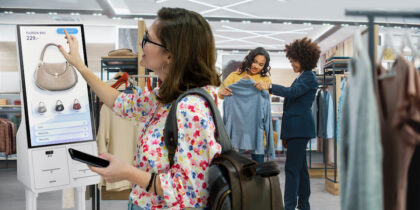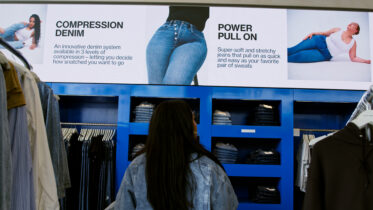One of the newest holiday shopping trends is Early Black Friday, which wreaks havoc on Black Friday revenue. But this year, strategic retailers are closing their doors on Thanksgiving Day shopping in an attempt to put the luster back into Black Friday sales.
Black Friday, the official kick-off to the holiday shopping season, can account for up to 30 percent of retailers’ annual sales, according to the National Retail Federation. However, a digitally driven omnichannel retailing model has prompted retailers to trade in the 7 a.m. Black Friday store openings for holiday deals that start in early November. The growing popularity of omnichannel retailing has also contributed to the evolution of Cyber Monday — the Monday following Thanksgiving, which accounted for more than $3 billion in sales in 2015, according to Adobe’s Digital Index. These strategic moves have taken a toll: Black Friday sales fell to $10.21 billion in 2015 — a nearly 12 percent decrease from 2014.
Fed-up retailers are taking a stand. CBL & Associates, which operates 89 regional malls and shopping centers, announced it would close 73 of its locations on Thanksgiving Day and instead open at 6 a.m. on Black Friday, according to CNBC. Mall of America is also taking a breather for the holiday, as are major retailers including Costco, The Home Depot and REI. And their reasons run the gamut. Many companies want their associates to enjoy the holiday with their families, while others refuse to lose Black Friday revenue to more digital options and are coming up with innovative ways to boost in-store traffic.
Attract Millennial Shoppers with Retail Technology
Millennials will represent 30 percent of all retail sales by 2020. Are you ready? Get the eBook now. Download Now
Using Technology to Reclaim Black Friday
While retailers are eager to revert back to traditional holiday shopping trends like Black Friday, customers need extra incentives to visit a store on the most hectic shopping day of the year. By embracing digital solutions, retailers have a new way to drive in-store traffic and boost sales. Top methods that can help draw Black Friday crowds include:
- Personalizing the shopping experience. The best way to increase store visits is to deliver a personalized shopping experience. By merging Bluetooth-enabled beacons and geo-location strategies, retailers can deliver exclusive offers, promotions and even flash sales in specific departments to shoppers’ smartphones as they move throughout the store.
- Delivering unique in-store experiences. Black Friday is often hectic, crowded and overwhelming. But retailers can use cutting-edge technology to enhance the in-store experience, such as free personal shoppers that use smart technology to place special orders, tender payments and assist with store navigation. Self-service technology like in-store kiosks feature digital store layouts, e-catalogs and ordering capabilities.
- Merging social media with in-store marketing. Whether your brand is on Facebook, Twitter or Pinterest, the in-store opportunities for leveraging social are endless. For example, position digital signage or tablets throughout store-level displays to showcase a product’s “likes” and “favorites” on Facebook and Twitter. Or display your “most pinned” Pinterest items to help customers navigate merchandise and accurately check gifts off their holiday shopping lists.
Eager to take back their make-or-break shopping day, brands are merging new digital solutions into their business plans — and driving more sales power back into Black Friday.
Looking for more ways to implement technology into your in-store experience? Find out how retailers are using experiential retail to breathe new life into their brick-and-mortar stores.








